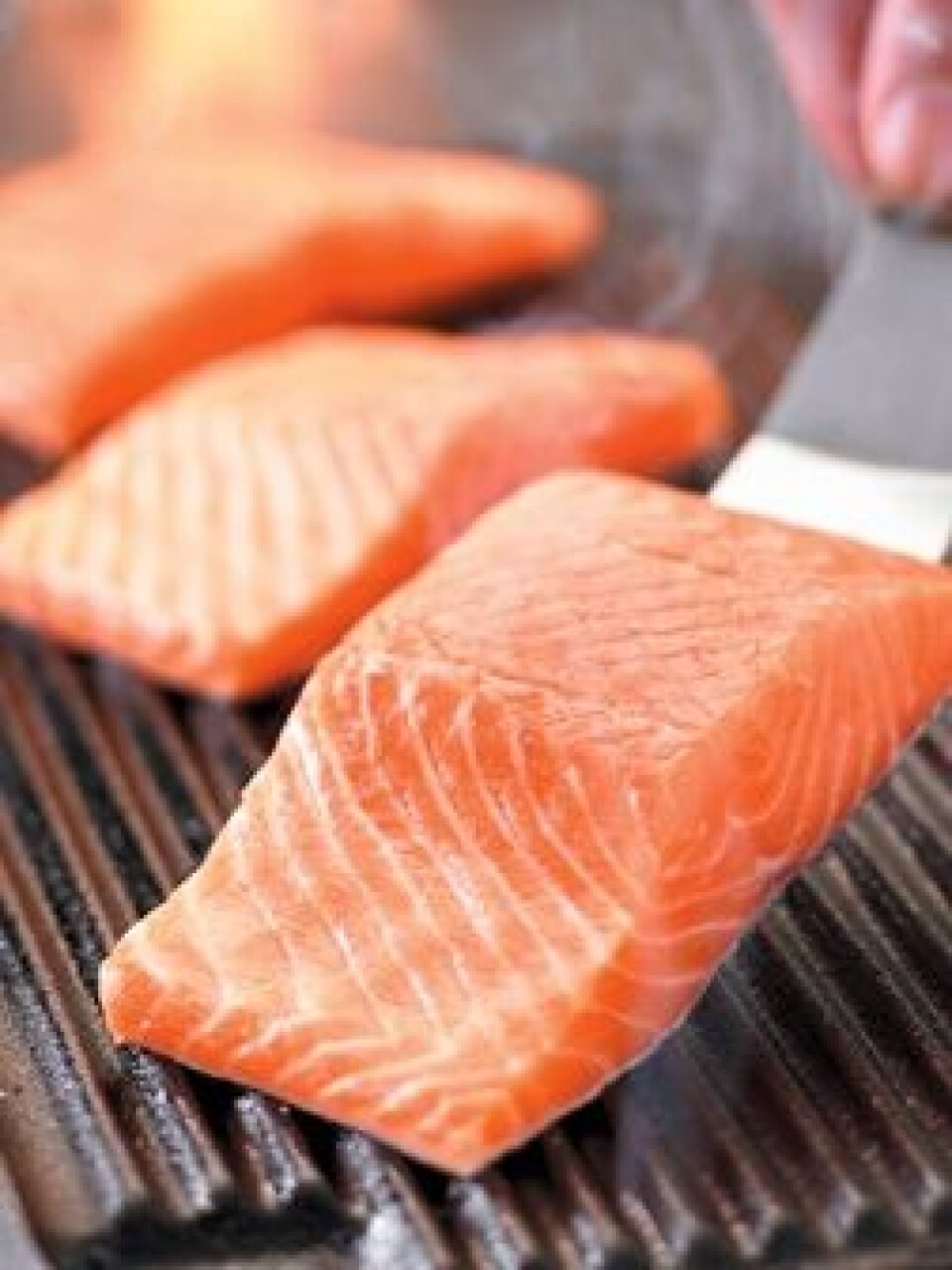
New high for Chile's Atlantics
Christian Pérez The composition of the Chilean salmonid industry had remained almost unchanged in the past two decades, with Atlantic salmon accounting for about 55-60 per cent of the share, while most of the remainder has been split evenly between rainbow trout and Coho salmon.
The previous highest record for Atlantics was registered in 2005, when exports consisted of 62.8 per cent Atlantic salmon, 16.7 per cent Coho salmon, 20.0 per cent rainbow trout and 0.5 per cent king salmon. It seems that the commercial advantages (higher price and market acceptance) of Atlantic salmon have turned them into the producers' top choice, despite the so-called ‘ISA crisis’ when Chilean waters were almost depleted of Atlantic salmon. For example, in 2010 this species only represented 27.1 per cent of exports while rainbow trout represented 47.6 per cent. However, things started changing in recent years after rainbow trout lost some ground due to sanitary problems -especially with the bacterial disease SRS, while Coho salmon are still very dependable on the summer season and the Japanese market.
Chilean companies have exported 321,979 tonnes of Atlantic salmon, worth US$ 2,594 million, in the first ten months of the year, according to figures published by the Association of the Chilean Salmon Industry (SalmonChile). This represents 71 per cent of Chilean salmon exports up to October 2014, both in terms of volume and values. Meanwhile, Coho and rainbows represented 15 per cent and 14 per cent respectively in terms of volume, and 12 and 17 per cent in terms of value. Chile has exported US$ 3,629 million of salmon and trout in the first ten months of this year, more than in the entire previous year (US$ 3,517 million).






















































